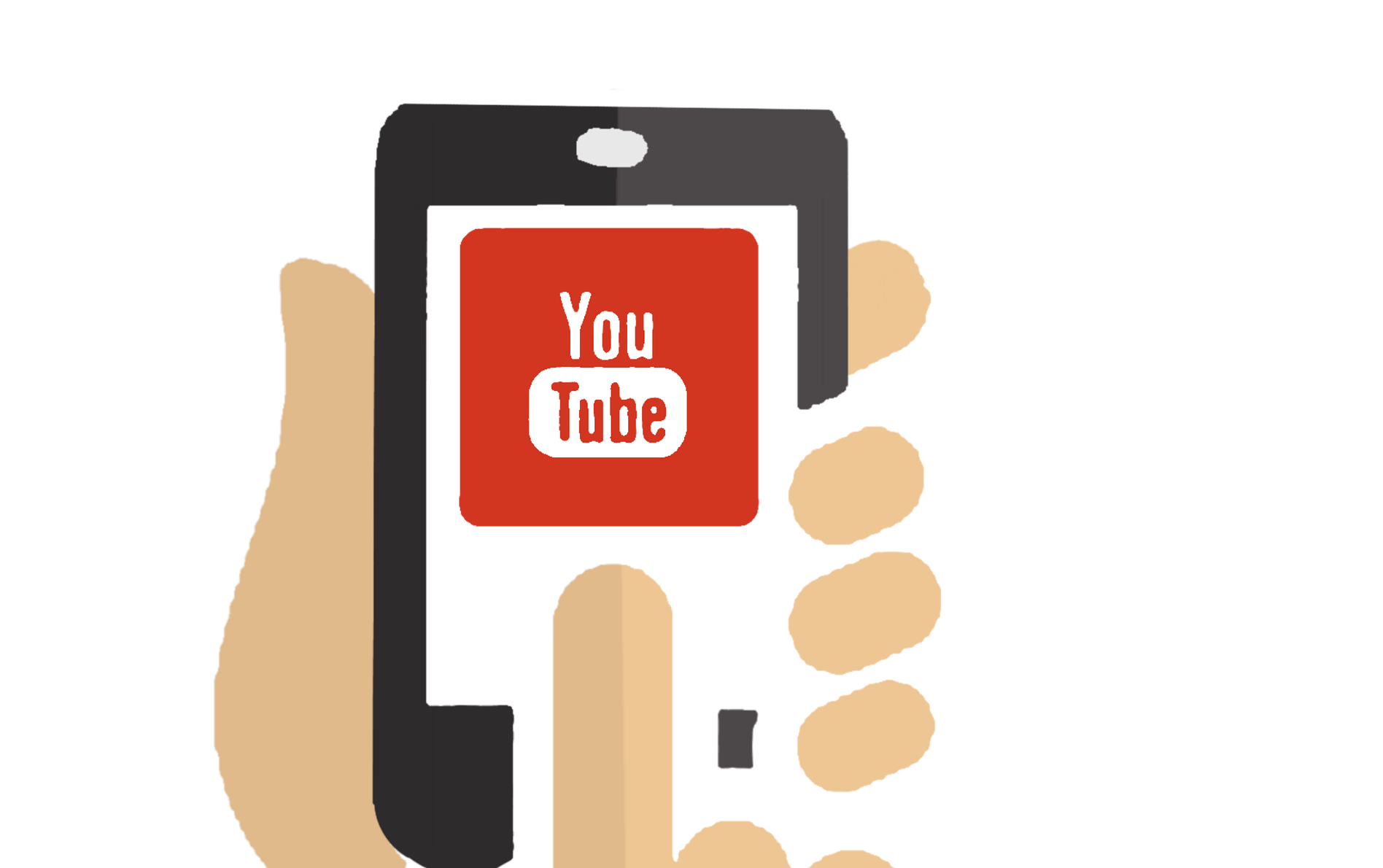Bump up your marketing strategy with YouTube’s Bumper Ads

Did you know people are watching YouTube? Like a whole bunch of them. Almost 2 billion every month , watching 1 billion hours of video every day , in fact. If that surprises you, I’m curious how your router’s signal can penetrate that rock you’re living under. Also, how did you even get to this blog? I have so many questions.
Anyway, what we as non-rock-dwelling digital marketers know is that, when an inordinate amount of people are spending an inordinate amount of time on a platform, advertising opportunity abounds. And YouTube and Google have recently been touting the success of a particular YouTube ad format. No, I’m not talking about YouTube’s recent move to “Ad pods” that show two skippable pre-roll ads consecutively, the online response to which has been… tepid (I’d cite a source here, but most of the online commentary is predictably NSFW). I’m talking about YouTube’s :06 Bumper Ads.
YouTube Bumper Ads were first rolled out in 2016, but they seem to have become a point of emphasis over at YouTube HQ this year. For instance, they dedicated an entire segment of this year’s Google Marketing Live Keynote to Bumper Ads. And they’re rolling out a tool that will easily create a sequence of six-second clips from your existing longer form content called the Bumper Machine . According to Debbie Weinstein, Google’s Vice President of YouTube and Video Global Solutions, the Bumper Machine will scan a longer ad for “key elements”, like a voice-over or a tight focus on human beings or logos or products, and then wrap things up nicely with a “final call to action in the last two to three seconds of the video.”
So why all the hullabaloo about Bumper Ads? Well, for the best reason of all, of course: because they work! Compared against a 30-second TrueView ad, Ipsos found that a video ad sequence of three :06 Bumper Ads led to 107% higher ad recall and 134% higher purchase intent . And, in a study of 122 Bumper Ad campaigns, Google found that 70% drove a significant lift in brand awareness, with an average lift of 9%. Additionally, 9 out of 10 drove ad recall globally, with an average lift of over 30%.
As attention spans shorten and the online ad space becomes increasingly cluttered, cutting through the noise has never been more challenging. YouTube’s recent emphasis on Bumper Ads and the creation of the Bumper Machine goes to show one thing: they’re paying close attention to our industry’s trends and are responding accordingly. Are you?










